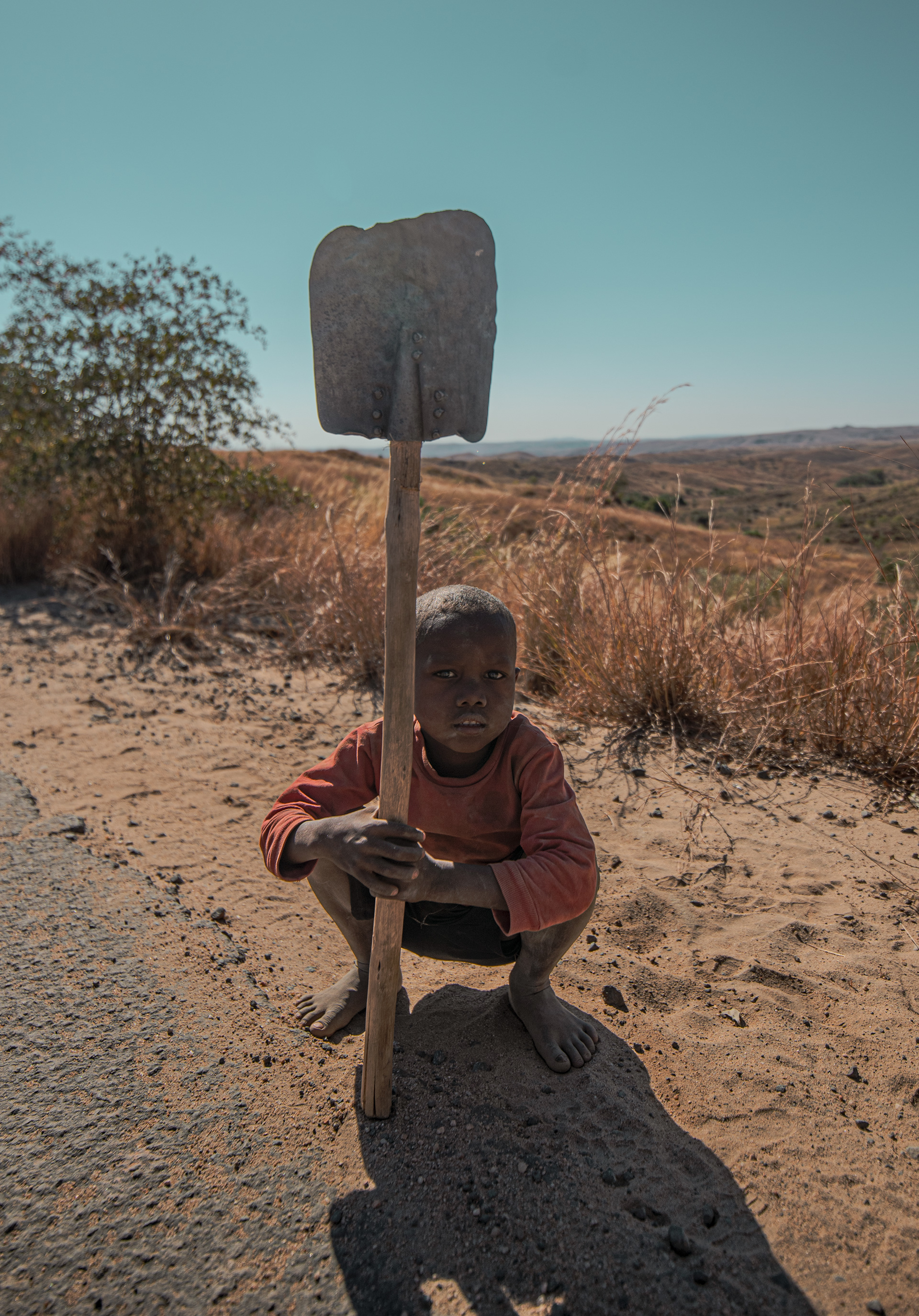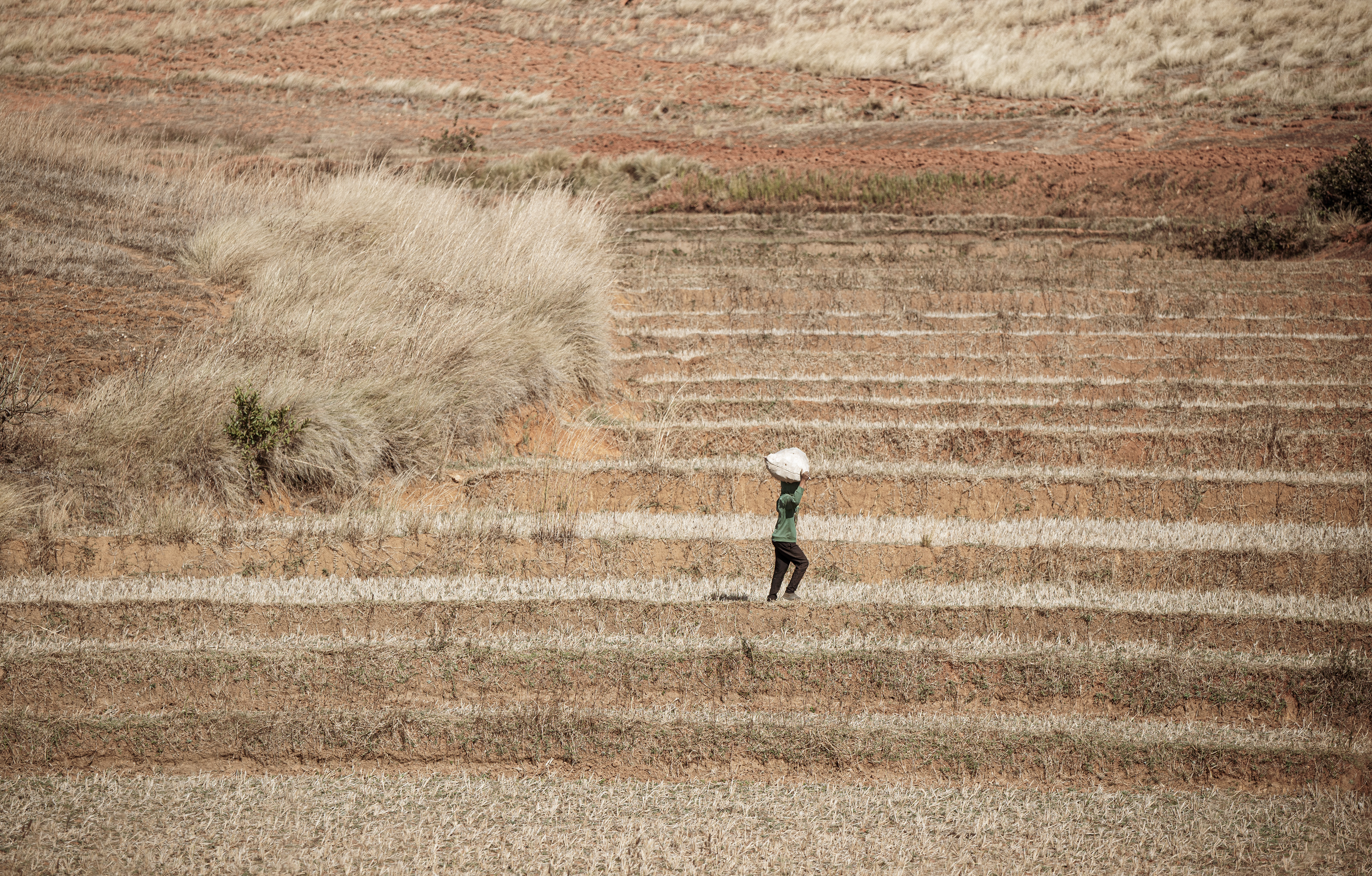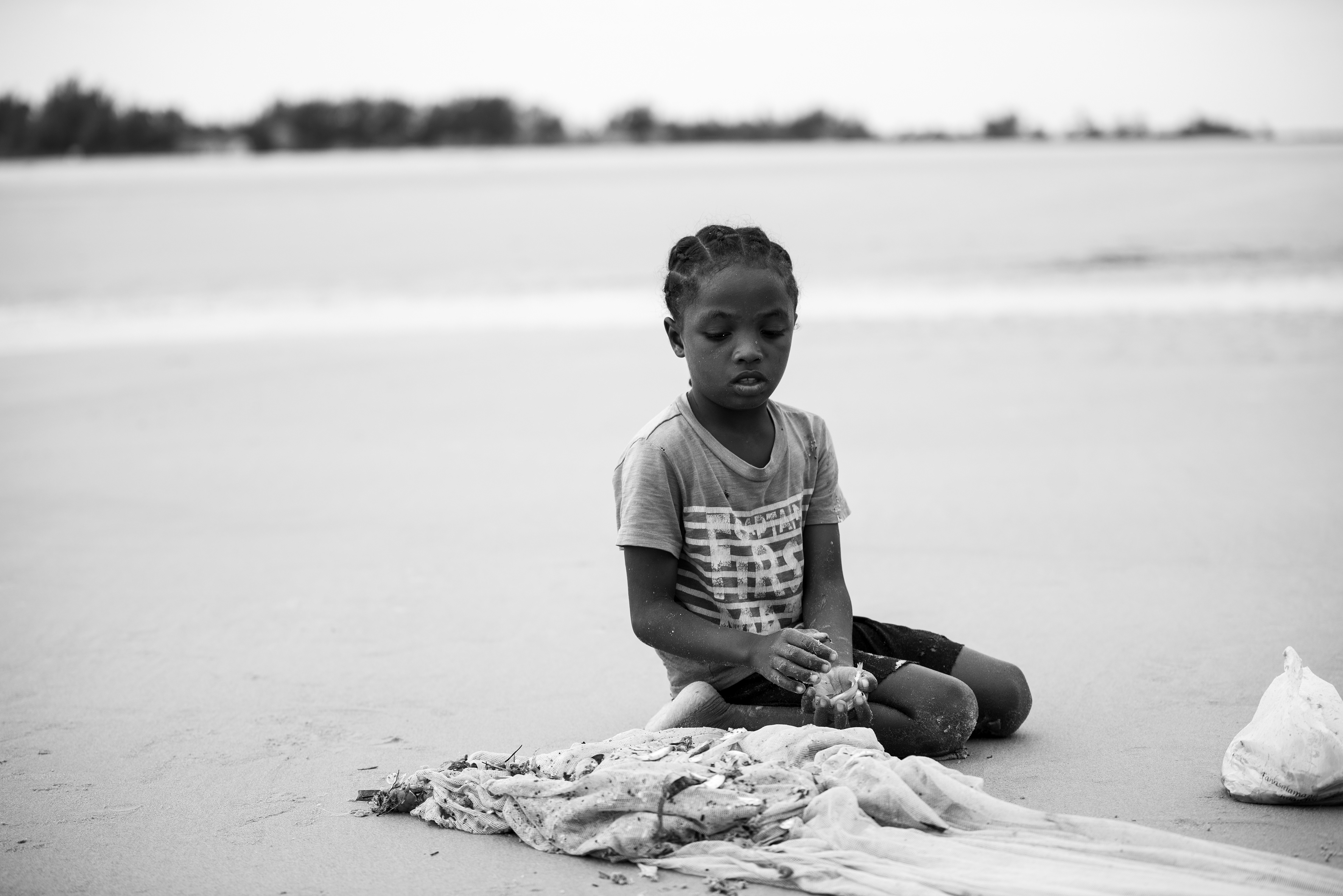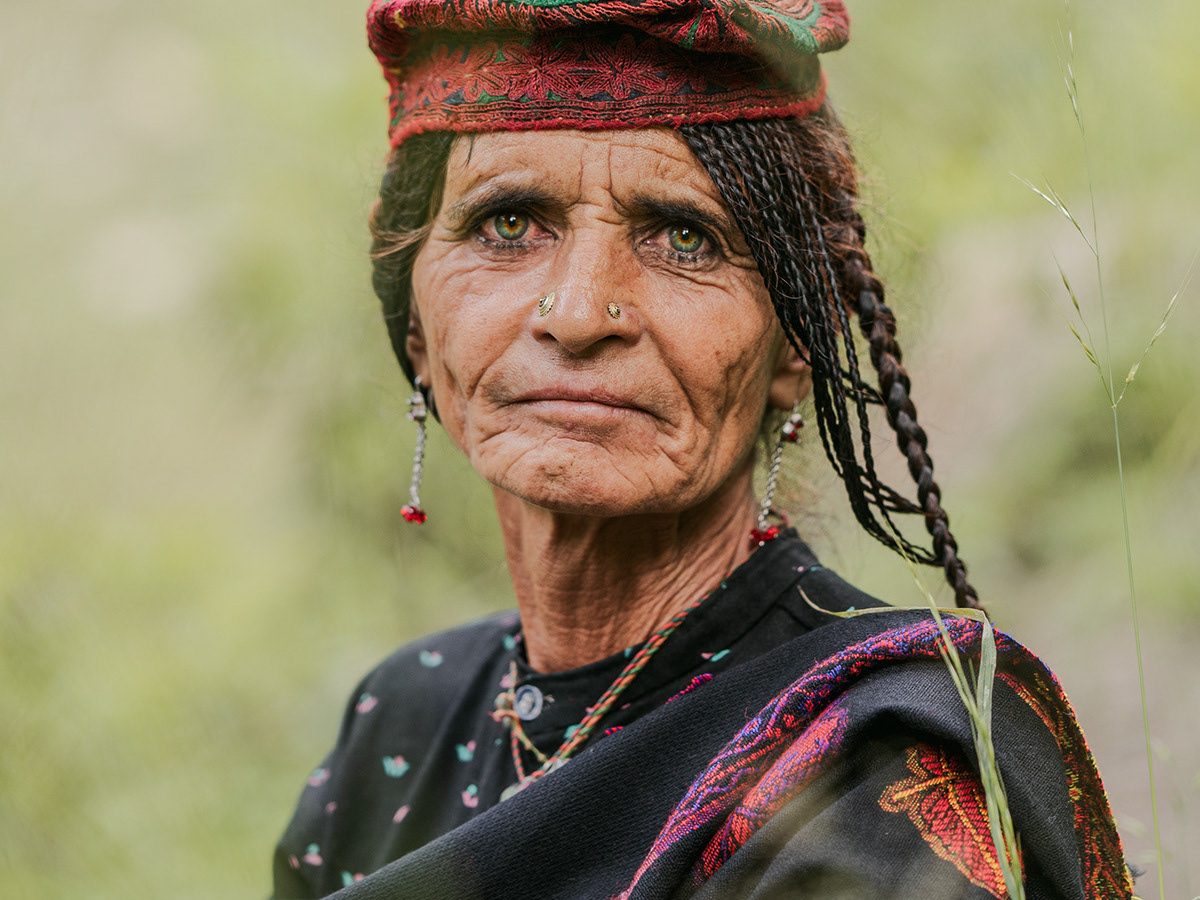The Cost of Poverty: Child Labor in Madagascar
Childhood is that exceptional moment in life where children should feel free, receive the necessary space to justly mature, and not bear any undue responsibilities. However, many children around the world are still deprived of their basic human rights and are instead wrongly forced to work. Child labor is one of the most significant human rights issues of our time, with over 200 million children worldwide trapped in exploitative work. The situation in Madagascar, a nation endowed with rich natural resources, illustrates the deep socio-economic challenges that drive this crisis. From mica mining to agriculture, including the high-demand vanilla industry, children in Madagascar are forced to contribute to their families’ survival under hazardous conditions. This complex issue is not only a local concern but is deeply tied to global market demands, especially in industries like mining and fashion, where international supply chains intersect with exploitative labor practices.
Root Causes of Child Labor in Madagascar: Poverty and Socio-Cultural Barriers
Poverty, income insecurity, and lack of education are the key drivers behind child labor in Madagascar. With a significant portion of the population living below the poverty line, children are often sent to work in mines or fields to help provide for their families. The lack of accessible and quality education leaves children with few alternatives, and in many cases, they are expected to contribute to their family’s income from a young age. This socio-cultural expectation, combined with economic hardship, creates a cycle that perpetuates child labor.
In addition, limited government intervention and weak enforcement of child labor laws exacerbate the problem. While there are efforts to combat child labor in Madagascar, the broader socio-economic and cultural factors that sustain it remain largely unaddressed.
The Role of Education: A Critical Solution
Education is widely regarded as one of the most effective means of reducing child labor. In Madagascar, the government and international organizations have worked to improve access to education. However, significant challenges remain. As Siddiqi (1995) asserts, schooling is the most important means of drawing children away from the labor market, but it must be accompanied by specific conditions. Education must not only be free to prevent children from working to afford tuition and other fees but also of high quality. This includes providing skilled teachers, adequate infrastructure, and essential services like meals and sanitation, which can make education a more appealing alternative to work. Studies show that compulsory education policies, as seen in other countries, significantly reduce child labor by ensuring that children remain in school (Bell, 2009; Fyfe, 2005). In Madagascar, such policies could help alleviate the pressure on children to work and offer a path toward breaking the cycle of poverty and labor exploitation. As Weiner (1991) highlights in the case of India, the lack of compulsory education policies has been a major barrier to reducing child labor.


Governmental Policies and International Pressure: The Need for Stronger Interventions
The government plays a crucial role in combating child labor. Programs like Mexico’s Oportunidades, which provide financial incentives for families to send their children to school, have proven effective in reducing child labor (Pierik, 2007). In Madagascar, similar initiatives could support low-income families and ensure that children have access to education. However, the political will to implement such programs is often weak, and enforcement of labor laws remains inconsistent, especially in rural areas where child labor is most prevalent. In this regard, Basu (1999) suggests that bolstering adult wages can be an effective strategy for curbing child labor, alongside legal measures such as preventing children from working in hazardous conditions. Yet, governments often lack the necessary financial resources to implement these policies (Basu, 1999).
In addition to national efforts, international pressure is crucial in addressing the global dimensions of child labor. Many multinational companies involved in supply chains, especially in the mining sector, must adopt responsible sourcing practices and ensure that their operations do not contribute to child labor. However, as McVeigh (2016) argues, international campaigns to ban child labor can sometimes have unintended consequences. These campaigns often fail to consider the complex socio-economic realities on the ground, potentially pushing children into even more dangerous forms of labor, such as street begging or domestic servitude (Pierik, 2007).
The Impact of Consumer Activism: A Double-Edged Sword
International campaigns urging consumers to boycott products linked to child labor have raised awareness but also sparked debates over their effectiveness. While such campaigns can push industries to improve labor practices, they may also have unintended consequences. As Pierik (2007) points out, boycotts may not be the best strategy, as they tend to focus only on industries that export goods, which account for a small percentage of child labor cases. Boycotts may also inadvertently harm families who rely on child labor for their livelihood, potentially forcing children into even more hazardous work (Doepke & Zilibotti, 2009). A more balanced approach is needed—one that combines advocacy for better labor practices with support for social programs that address the root causes of child labor, like poverty and education.
Linking Research to Real-World Action
The photographs of child labor in Madagascar captured through my lens provide a powerful visual representation of this crisis. These images, combined with research findings, can help raise awareness and drive change by shedding light on the deeper socio-economic factors that sustain child labor. As Edmonds (2007) suggests, improving living standards can significantly reduce child labor, but this must be complemented by stronger local interventions to address the root causes. By fostering global conversations around solutions such as improved access to education, stronger government policies, and responsible consumer behavior, we can work toward meaningful, sustainable change.
Conclusion: A Path to Freedom and Opportunity for Madagascar’s Children
Addressing child labor in Madagascar requires a comprehensive, multi-pronged strategy. While education is a key solution, it must be accompanied by broader socio-economic reforms—such as income support for families and stronger enforcement of labor laws. International cooperation is also essential in ensuring that global supply chains are free from exploitative practices.







